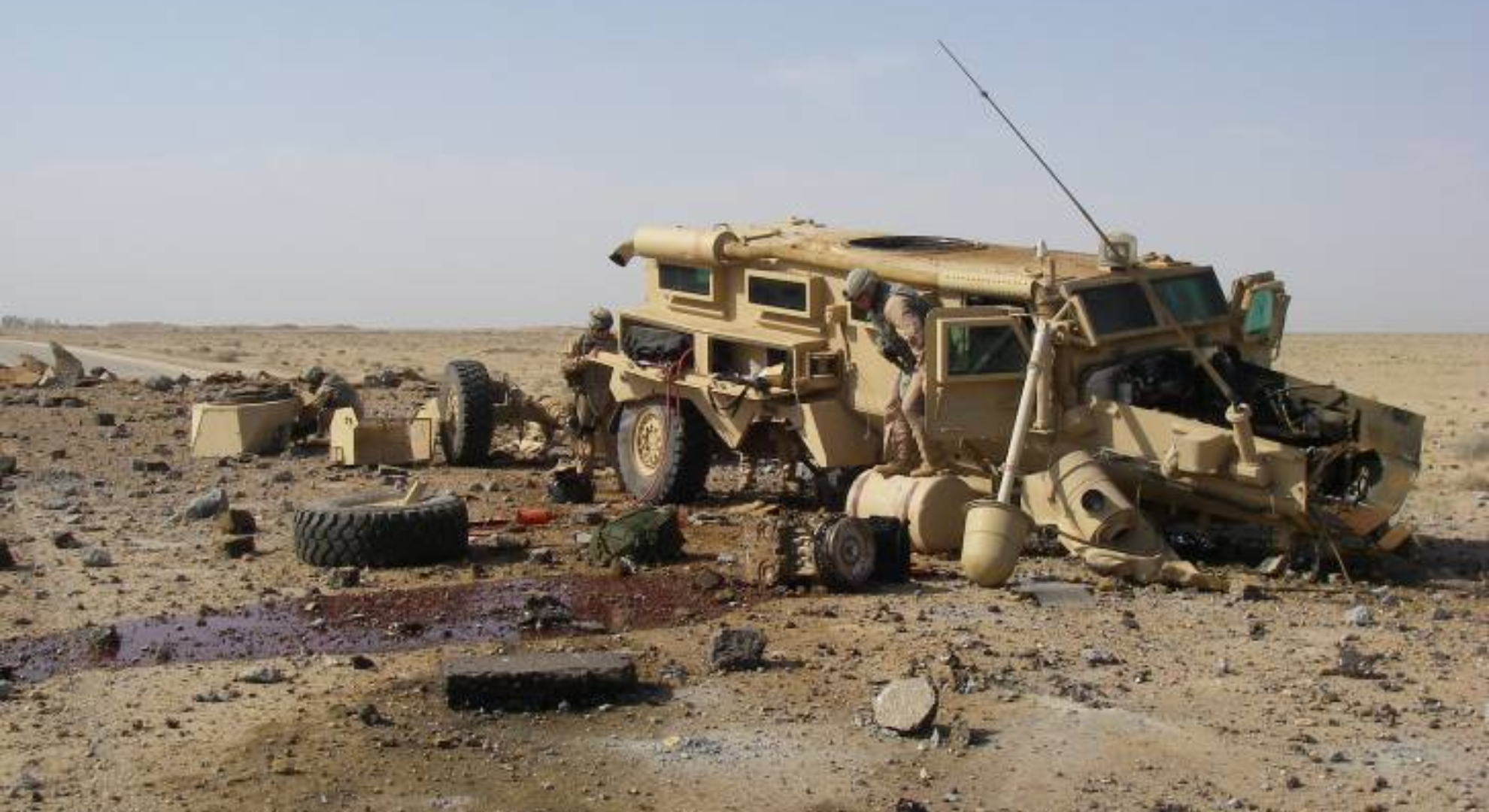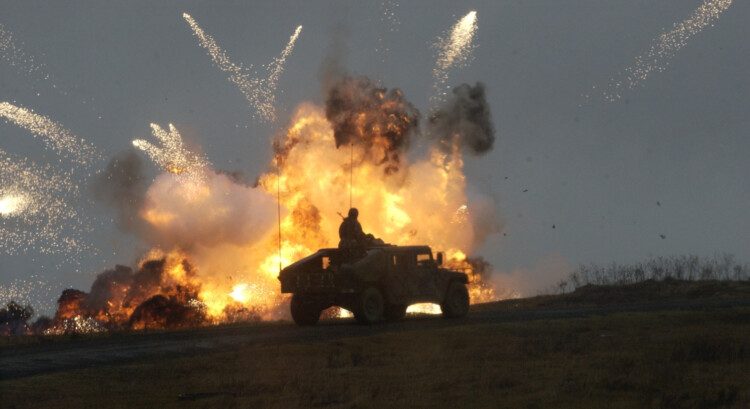The evolution of modern warfare has been punctuated by the emergence of unconventional threats, reshaping the dynamics of conflict and forcing military strategists to continuously adapt. Among these threats, the rise of Improvised Explosive Devices (IEDs) stands as a paradigm-shifting development, from their humble origins to their widespread use by insurgent groups and non-state actors. It has redefined warfare tactics, challenged conventional strategies, and underscored the importance of adaptive responses. This article delves into the history, origins, tactics, and consequences of IEDs, exploring why they have emerged as a prominent and potent force in modern warfare.
The Origins and Evolution of IEDs
The concept of improvised explosive devices is not new, dating back to early forms of guerilla warfare and sabotage. However, the transformation of IEDs into powerful and deadly weapons of war began to take shape in the latter half of the 20th century. The Vietnam War (1955-1975) marked an early use of IEDs, with Vietnamese guerrilla forces employing rudimentary explosive devices to target American military convoys and installations.
The prominence of IEDs in modern warfare further gained traction during the uprising of various armed Islamist rebel groups in the Afghan-Soviet War (1979-1989). Afghan Mujahideen resistance fighters, backed by Western powers, effectively utilized IEDs as a tactic against the technologically superior Soviet forces. These early examples of IED usage showcased the advantages of asymmetrical warfare, where smaller, less equipped forces could effectively counter larger adversaries through innovation and ambush tactics.

Rise of Insurgency and Non-State Actors
The 21st century witnessed the ascendancy of insurgency groups and non-state actors as dominant players in global conflict. This shift coincided with a surge in IED usage, fueled by factors such as ease of production, accessibility to materials, and the ability to strike at the heart of conventional military and civilian infrastructure. The proliferation of IEDs can be attributed to a range of actors, from the Afghan Taliban to Iraqi insurgents and extremist groups in various conflict zones.
The Iraq War (2003-2011) stands out as a turning point in the history of IEDs. Insurgent forces, including elements of Al-Qaeda in Iraq, employed IEDs as a primary tactic against the American and coalition forces. This period saw IEDs evolve from rudimentary devices to more sophisticated and lethal weapons. Innovations included using shaped charges to penetrate armored vehicles and deploying explosively formed penetrators (EFPs) for maximum impact.
Tactics and Impact
The strategic use of IEDs by insurgent groups has profoundly impacted modern warfare. These devices have exploited vulnerabilities in conventional military strategies, rendering armored vehicles and technology less effective. IEDs are often concealed within civilian populations, making them challenging to detect and neutralize. Asymmetric tactics have forced military forces to adapt, placing greater emphasis on intelligence, counter-IED technologies, and community engagement to identify and counter these threats.
The Human and Psychological Toll
Beyond the physical destruction, IEDs have inflicted a significant human and psychological toll. Military personnel and civilians alike navigate an environment where the threat of hidden explosives lurks around every corner. The psychological impact on troops is compounded by the uncertainty of distinguishing friend from foe, and the tragic loss of life among civilian populations has fueled resentment against occupying forces.
The video below shows ground troops hit by IED during a patrol in Afghanistan circa the mid-to-late 2000s. Viewers’ discretion is advised.
Countermeasures and Technological Advancements
The surge of IEDs in modern warfare has sparked a rise in innovative countermeasures. Advanced technologies have been harnessed to thwart IED threats faced by American ground troops. These include deploying specialized armored vehicles engineered to withstand explosions, electronic countermeasures (such as jamming devices and frequency-hopping technologies) that disrupt remote detonations, and robotic systems that remotely identify, inspect, and defuse these explosives. These advancements underscore the fusion of engineering ingenuity with tactical strategy.
However, the dynamic nature of insurgent tactics necessitates continuous evolution in counter-IED approaches. Collaborative intelligence gathering, community engagement, and especially the human element remain pivotal in identifying and mitigating these ever-evolving threats.
Lessons and Future Implications
The emergence of IEDs has left an indelible mark on modern warfare, leading to a reevaluation of military doctrines and strategies. The imperative of intelligence sharing, community engagement, and adaptive response has grown. Additionally, the need for specialized training in explosive ordnance disposal (EOD) underscores the importance of skilled personnel capable of neutralizing IEDs safely.

~
In conclusion, the trajectory of modern warfare has been fundamentally altered by the rise of Improvised Explosive Devices. From their early beginnings as rudimentary weapons of insurgency to their sophisticated use by non-state actors in global conflict, IEDs have proven their efficacy as a potent tactic against conventional forces. The ability to innovate and adapt to the ever-changing landscape of warfare has become paramount for military organizations worldwide. As the lessons learned from the impact of IEDs continue to shape military strategies, it is clear that the evolution of conflict demands a comprehensive and dynamic response to unforeseen threats.










COMMENTS
You must become a subscriber or login to view or post comments on this article.